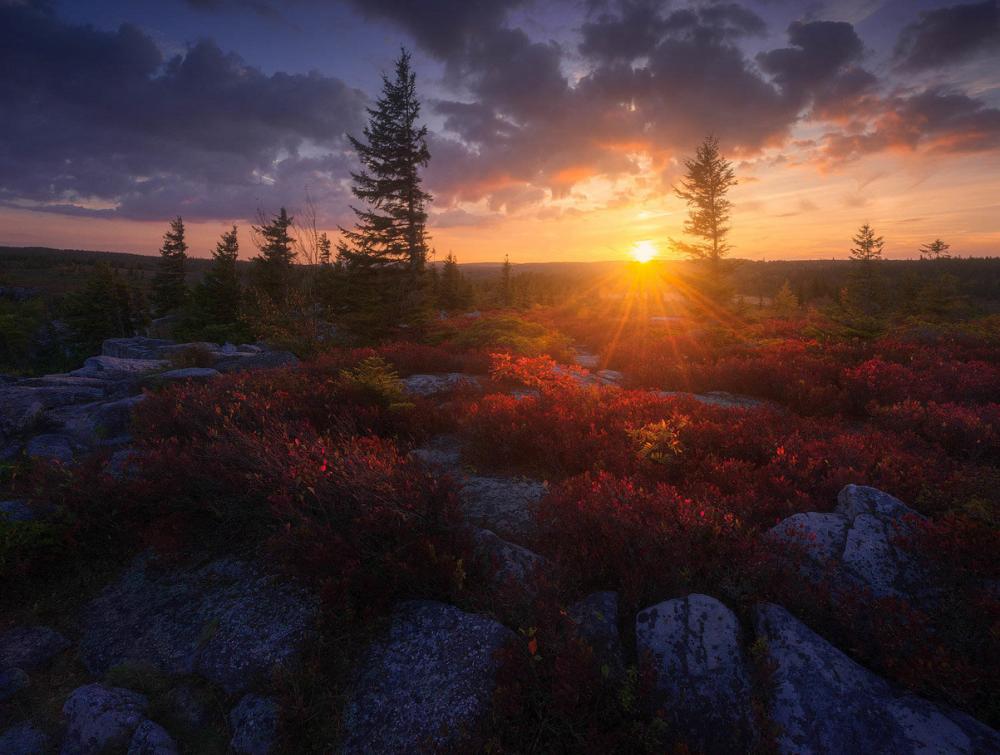National Wilderness Preservation System

Zach Bright
When President Lyndon B. Johnson signed the Wilderness Act in 1964, he created one of our nation’s most cherished wildland systems: the National Wilderness Preservation System.
The wilderness system preserves the wildest of our wild lands with the highest level of government protection.
Today, the National Wilderness Preservation System includes more than 111 million acres of protected wilderness areas for all Americans to enjoy. The NWPS includes wilderness on four types of lands managed by the U.S. Government:
- National forests
- National parks
- National wildlife refuges
- Bureau of Land Management (BLM) lands
The wilderness system has grown from 9.1 million acres from its beginning to roughly 111 million acres today, totaling 762 Wilderness Areas. That equals less than two percent of the lower 48 states.
The first states to gain wilderness were Arizona, California, Colorado, Idaho, Minnesota, Montana, North Carolina, New Hampshire, New Mexico, Nevada, Oregon, Washington and Wyoming.
"If future generations are to remember us with gratitude rather than contempt, we must leave them something more than the miracles of technology. We must leave them a glimpse of the world as it was in the beginning, not just after we got through with it." - President Johnson, upon signing the Wilderness Act
